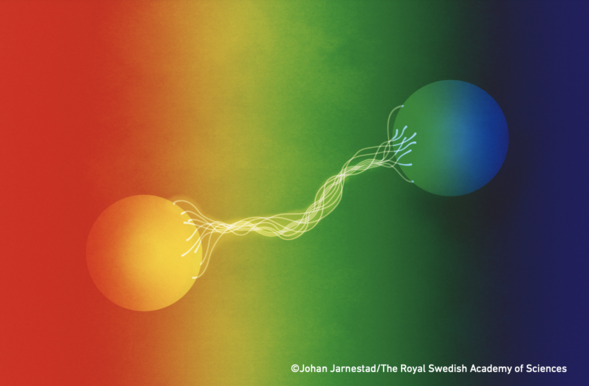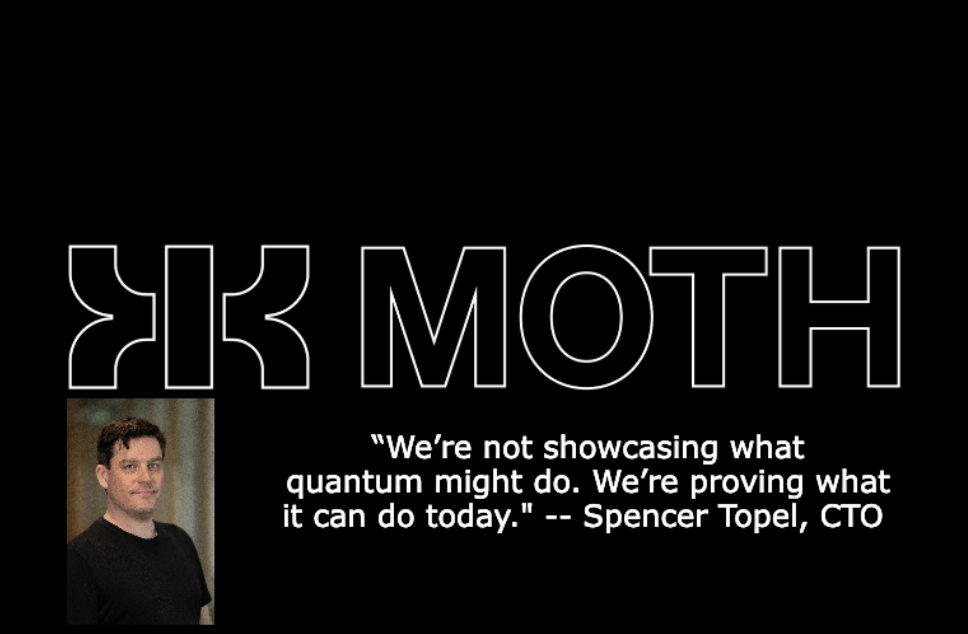The 2022 Noble Prize in Physics was awarded to three pioneers who conducted experiments on quantum entanglement. The prize also recognizes that this once esoteric-sounding — and acting — quantum phenomena is becoming the backbone of a rapidly emerging quantum industry. The winners are:
Alain Aspect, born 1947 in Agen, France. PhD 1983 from Paris-Sud University, Orsay, France. Professor at Université Paris-Saclay and École Polytechnique, Palaiseau, France.
John F. Clauser, born 1942 in Pasadena, CA, USA. PhD 1969 from Columbia University, New York, USA. Research Physicist, J.F. Clauser & Assoc., Walnut Creek, CA, USA.
Anton Zeilinger, born 1945 in Ried im Innkreis, Austria. PhD 1971 from University of Vienna, Austria. Professor at University of Vienna, Austria.

The Noble Prize committee awarded the trio the prize for their groundbreaking experiments using entangled quantum states. In entanglement, two particles can behave like a single unit even when they are separated.
According to a statement from the the Nobel Committee, John Clauser developed John Stewart Bell’s ideas on the theoretical existence of non-locality, often referred to as Bell inequality, that lead to a practical experiment on entanglement. Clauser’s eventual measurements supported quantum mechanics by clearly violating a Bell inequality. This ruled out the uses of hidden variables as a way to explain quantum mechanics.
Keep updated on the industry by checking out recent quantum computing news.
Alain Aspect, addressed an important loophole that remained after Clauser’s experiment. Aspect switched the measurement settings once an entangled pair left its source, so that setting could not affect the result.
Among other things, Anton Zeilinger and his research group used entangled quantum states to demonstrate quantum teleportation, which makes it possible to move a quantum state from one particle to one at a distance.
A New Kind of Quantum Technology
The committee recognizes that the work of these three researchers is moving from theory to experimentation — and rapidly — to the market.
“It has become increasingly clear that a new kind of quantum technology is emerging. We can see that the laureates’ work with entangled states is of great importance, even beyond the fundamental questions about the interpretation of quantum mechanics,” says Anders Irbäck, Chair of the Nobel Committee for Physics.
The committee mentions this emerging industry includes quantum computers, quantum networks and secure quantum encrypted communication.
The winners will equally share 10 million Swedish kronor, or about $946,460 US, which means each laureate would receive a little over $315,000.
Nobel Prizes
Some history and facts about the Nobel prizes:
On November 27, 1895, Alfred Nobel signed his last will and testament, giving the largest share of his fortune to a series of prizes in physics, chemistry, physiology or medicine, literature and peace – the Nobel Prizes. In 1968, Sveriges Riksbank (Sweden’s central bank) established The Sveriges Riksbank Prize in Economic Sciences in Memory of Alfred Nobel.
Between 1901 and 2021, the Nobel Prizes and the prize in economic sciences were awarded 609 times. 947 laureates and 28 organisations have been awarded the Nobel Prize between 1901 and 2021. Of them, 89 are economic sciences laureates. A small number of individuals and organisations have been honoured more than once, which means that 943 unique individuals and 25 unique organisations have received the Nobel Prize in total.
If you found this article to be informative, you can explore more current quantum news here, exclusives, interviews, and podcasts.


















